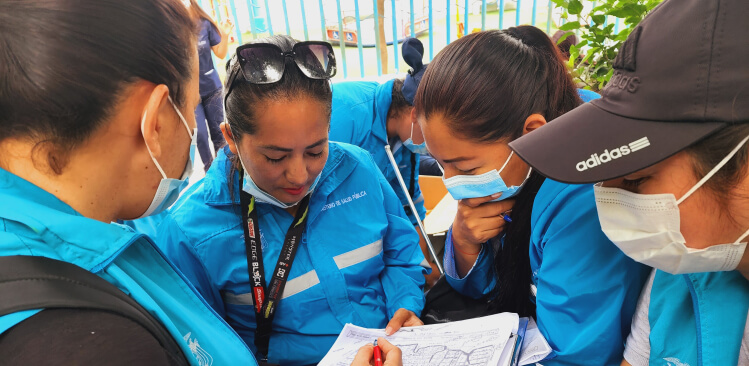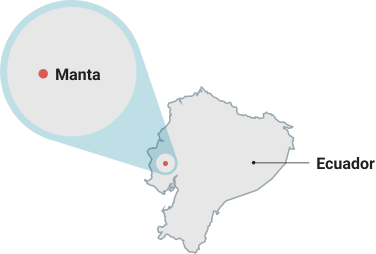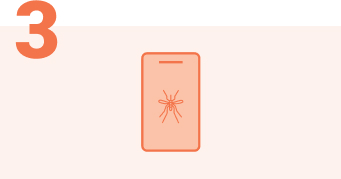
Establishing a multisectoral strategy to prevent transmission of Aedes-borne diseases in the coastal city of Manta, Ecuador
Why this project?
In Ecuador, dengue is a priority public health concern. A large number of cases have been reported in recent years with the permanent circulation of dengue virus posing a high risk to exposed populations, particularly those living with limited access to basic sanitation and health services. Risk is increased by conditions and behaviours that facilitate the reproduction of the principal arbovirus vector, the Aedes aegypti mosquito.
Involvement of the health, water, sanitation, environment and education sectors is required to adequately adapt to the impacts of climate change on the distribution of the vector and circulation of Aedes-borne diseases.
Recorded dengue cases in Ecuador
42,459 cases in the 2015 epidemic
14,159 cases in 2016
13,499 cases in 2020
The aim
The overall aim of this work is to reduce the environmental risks that increase the incidence of Aedes-borne diseases in Ecuador.

Objectives
Specific objectives include the following:

Situation analysis
Analyzing and improving current waste management systems in areas of high vulnerability in the city of Manta, to reduce the risk of transmission of Aedes-borne diseases.

Implementation
Establishing a multisectoral working group to provide a detailed description of comprehensive approaches to environmental health issues and vector surveillance and control strategies.

Health promotion
Promoting community participation and social empowerment in the prevention of Aedes-borne diseases through the implementation of educommunication strategies aimed at the citizen health committee, and residents of the chosen pilot location.
The research sites

The project has been initiated in Manta, one of 22 cantons of the province of Manabí in Ecuador.
Proposed approach
The main strategies for dengue control in Ecuador are:

Gather and share data on dengue areas in the city of Manta.

Establish multisectoral action guidelines to prevent arboviruses.

Strengthen entomological surveillance and vector control procedures.

Use chemical control to reduce mosquito populations.
Launch communication campaigs
- Workshops were held to promote community participation and social empowerment.
- Communication campaigns were also launched to inform the population about the transmission cycle of dengue and how to control the vector.

